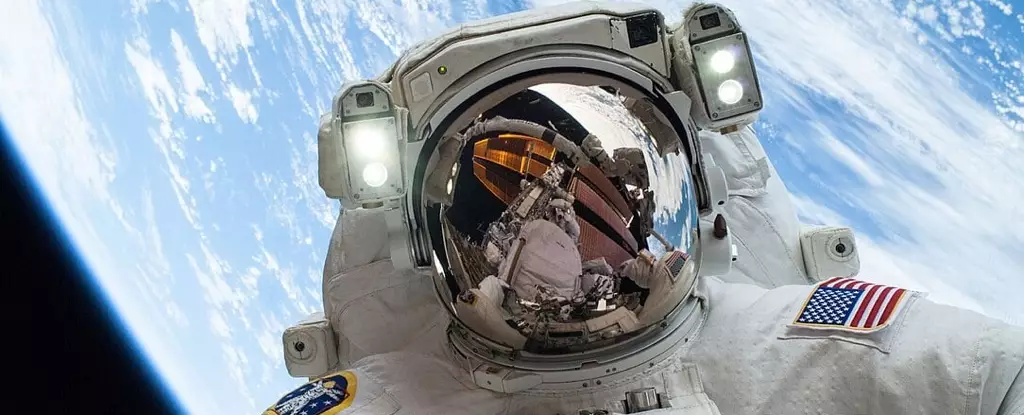Humanity’s quest to explore beyond Earth has pushed the boundaries of science and endurance, yet some unexpected hurdles threaten to stall our extraterrestrial ambitions. Among these, a concerning phenomenon affecting astronauts’ eyesight emerges as a formidable obstacle. Known as Spaceflight Associated Neuro-ocular Syndrome (SANS), this condition sheds light on the complex interplay between microgravity and human physiology, revealing that our bodies are far less adaptable than previously thought. The fact that nearly 70% of astronauts on long-term missions experience visual deterioration highlights how little we understand about the subtle effects of venturing into space for extended periods.
The initial discovery of SANS came from astronauts like Dr. Sarah Johnson, who faced a sudden change in vision after six months aboard the International Space Station. Tasks that once seemed effortless became challenging, with blurred vision and difficulty focusing. This is no minor inconvenience; the implications are profound, especially considering future missions to Mars, where astronauts will be deprived of Earth’s gravitational influence for up to three years. A decline in visual acuity could jeopardize mission success and astronaut safety, making this a critical area of research.
Microgravity’s Impact on Human Physiology
The root causes of SANS are intricately linked to the absence of gravity, which fundamentally alters how bodily fluids distribute. On Earth, gravity ensures fluids are pulled downward, maintaining a balanced internal pressure. In space, however, fluids shift upward — leading to facial puffiness and increased intracranial pressure. This pressure buildup exerts stress on the back of the eyeball and the optic nerve, causing structural changes that result in blurred vision and other neurological symptoms. Unlike muscle atrophy or bone density loss, which tend to resolve after return to Earth, these ocular changes can persist for years, raising serious concerns about astronaut health and the feasibility of long-duration missions.
This problem underscores a paradox: our bodies are remarkably resilient, but not invulnerable. If unaddressed, the neuro-ocular effects could turn space exploration into a vision-compromised endeavor. The challenge now is to develop effective preventative measures and treatments that can counteract or mitigate these physiological alterations.
Innovative Solutions and the Future of Space Medicine
NASA’s proactive approach to tackling SANS involves a mixture of innovative technology and medical research. Researchers are testing specialized contact lenses designed to regulate intraocular pressure, along with medications aimed at reducing fluid buildup within the skull. Exercise protocols, too, are being refined to promote healthy circulation and prevent fluid redistribution. Among the newest devices under evaluation is the Visual Impairment Intracranial Pressure (VIIP) chamber — a groundbreaking tool that simulates Earth-like pressure conditions, helping scientists understand how to stabilize the eyes for long-term missions.
The importance of this research extends beyond space travel. Insights into intracranial pressure dynamics could revolutionize treatments for conditions like glaucoma and hypertension. It is a stark reminder that the challenges of space exploration often stimulate advancements that benefit all of humanity.
As we push forward toward Mars and beyond, the fight against vision loss isn’t just about preserving sight; it’s about safeguarding the future of human spaceflight. The solutions NASA and other space agencies forge today will define our capacity to see clearly through the vast darkness of space and realize our interplanetary dreams.

